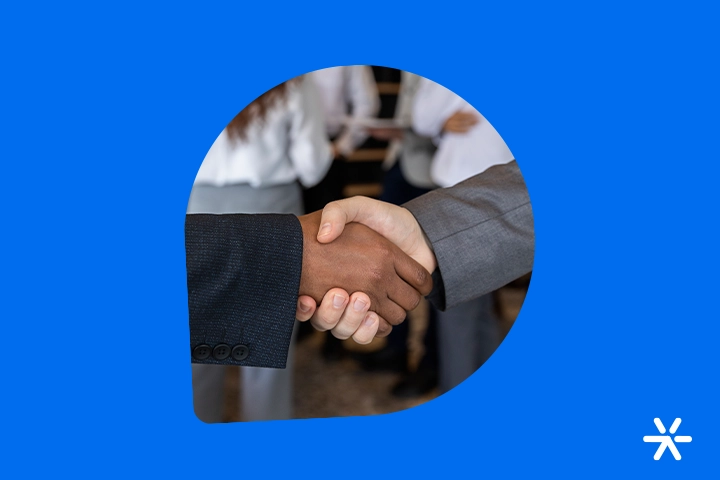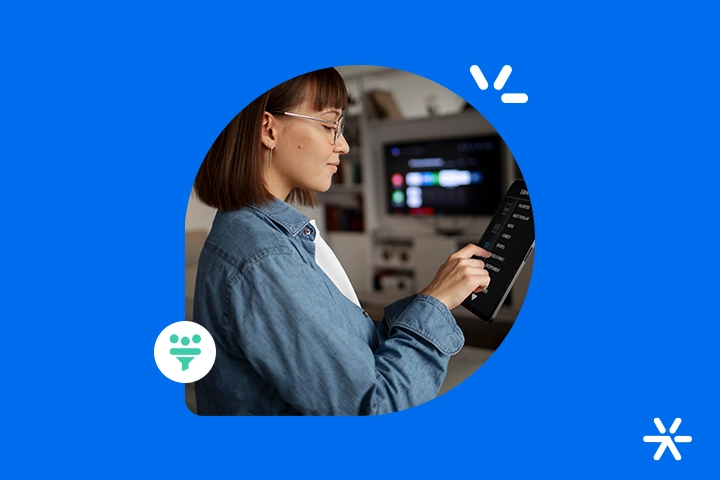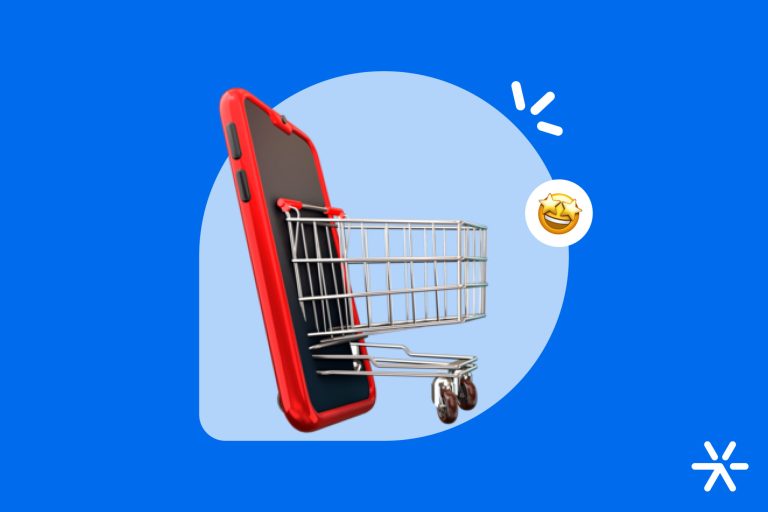How to Approach a Lead at Any Stage of the Funnel
Knowing how to approach a lead is a very important factor in marketing. The funny thing is that this approach often takes a backseat — the strategy, content production, conversion: all of these tend to come first.
When you know how to approach a lead, you are respecting the effort it took to generate them. You ensure that the lead, acquired through hard work and many strategic meetings, is well-treated and has a better chance of becoming a customer.
But this direct work with leads goes far beyond understanding what to say. It also involves knowing when to make this approach, and who the lead is.
Understanding how to approach a lead is a fundamental strategy in conversational marketing, and one of its biggest concerns. These points we’ve mentioned are directly related to the principles of conversational marketing.
And that’s okay: maybe you’re not working on conversational marketing today. But some of its principles, even if they don’t seem specific to it, greatly help in the first contact with the lead.
Shall we delve into understanding this relationship in practice?
What is a Lead?
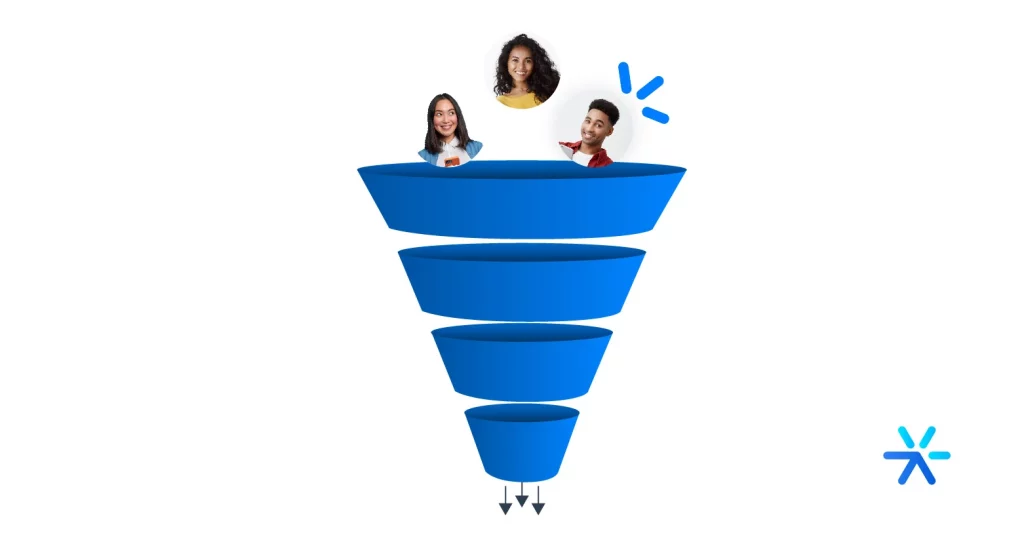
A lead is anyone who has left their contact information with your company and allowed it to reach out to them through those channels.
For example: your lead converted through a lead magnet, via a form or chatbot, and left their name, phone number, and email. They also allowed future contact through these channels.
Now they are a lead!
This is just one example of how a lead arrives at your company. Here are some more:
- Budget requests;
- Capturing at events in your area;
- Subscriptions to newsletters;
- Participation in webinars;
- Contact requests via the website;
Among many others. And just a spoiler for what’s coming next in the article: how to approach a lead depends on how they were converted. The conversion channel says a lot about the stage the lead is at in the buying journey.
Lead Generation Strategy and the Sales Funnel
Is there or is there not a tried-and-true method to generate and capitalize on leads?
Believe it or not, such a method does exist. It varies greatly according to the company’s application, but lead generation, approach, and eventual sale follow a very similar framework.
This framework is the marketing and sales funnel. Its steps can be summarized as follows:
- Generate visitors;
- Convert visitors into leads;
- Identify the qualification of these leads;
- Contact qualified leads;
- Turn the qualified lead into a sales opportunity (MQL to SQL);
- Sell.
The lead generation strategy is the most important part of this scheme. It often determines how the work is done from there on out.
So all set: we understand what a lead is, the process of generating them, and what the framework is that encompasses everything from generation to sale.
Now let’s move on to the most important part of this article: how to approach leads? What to say at each stage? Let’s find out now:
Understanding the Types of Leads
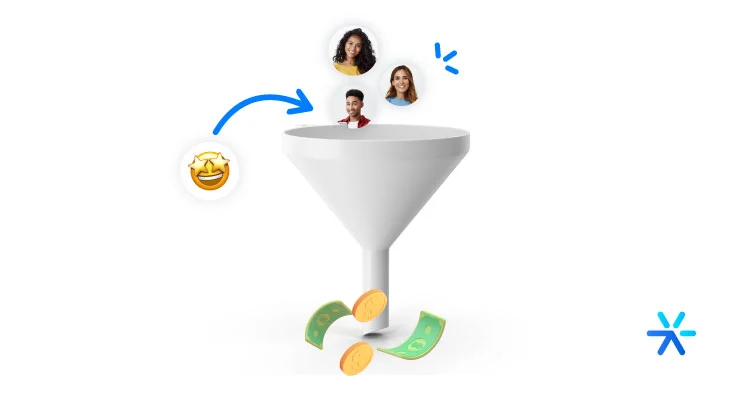
Each type of lead will require a different approach. Simply because leads can enter at any stage of your sales funnel.
The funnel is divided into three stages: top, middle, and bottom. The idea is to move leads from the top to the bottom, where the sale happens.
But no strategy is that linear. Leads can enter your funnel at any stage. One lead might be learning about your industry and not even considering the need to buy anything. Another might be requesting a quote.
These differences make it so necessary to know how to approach a lead. For the first in our example, sending a quote won’t help. And for the second, creating a nurturing flow won’t work.
This identification of the lead’s stage is called Lead Scoring. More on this and other important points now:
What is Lead Scoring?
Lead Scoring is the marketing technique that determines what stage of maturity the lead is at and, consequently, the best way to approach them.
It’s what we were discussing just above. The lead can enter your marketing and sales funnel at any stage and level of maturity. What determines which stage they’re in? What formalizes how to approach a lead?
Lead Scoring. It is a standard scoring system in practically all digital marketing platforms. Through it, leads receive scores based on specific triggers that you define.
For example: if the lead requests a quote, they get a higher value in Lead Scoring. If they subscribe to a newsletter, they receive a lower value.
Lead Scoring determines through these scores what the next actions with the lead should be. If they reach 50 points, for example, you need to call them within 5 minutes.
But if they reach 10 points — also for example — the next step is to send an email.
🤿 Deep Dive: What is Lead Scoring and How to Apply it to Optimize Sales
Lead Scoring is what will safely determine how to approach a lead. But there are still a few more points to address. Check this out:
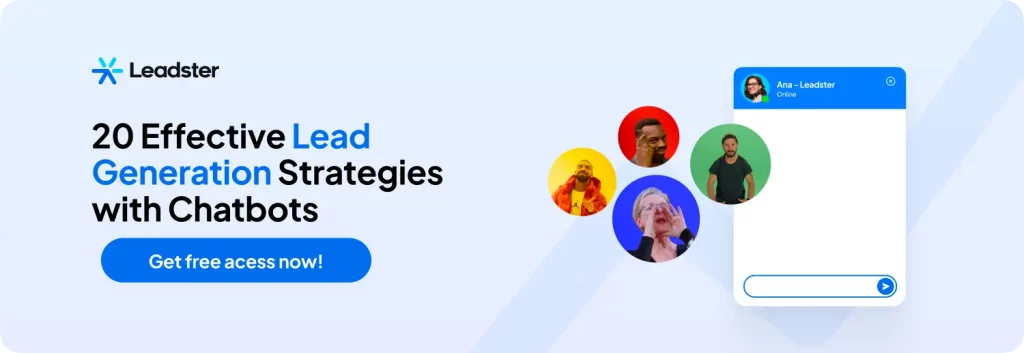
What is the Difference Between a Lead and a Qualified Lead?
Another important point is understanding the difference between a regular lead and a qualified lead. This differentiation is mainly made through Lead Scoring — those who reach a certain score are considered qualified leads.
A qualified lead is one that is mature enough in relation to your business goals to have more in-depth, bottom-of-funnel contacts.
The lead itself, without qualification, cannot be approached as if they were qualified. Offering a platform trial to someone you don’t even know, who doesn’t need it, is wasting effort and resources for little return.
Qualifying a lead involves several points of information. Some of them include:
- Demographic information;
- Company size and industry (for B2B marketing);
- Various contact information;
- The type of request they are making (newsletter, contact, quote, etc.);
- More specific information related to your industry;
And whatever else is necessary for your strategy. And remember: a lead can appear on your radar already fully qualified.
They may have converted on a deep funnel landing page and already provided all the necessary data to determine if they are a good fit for your company.
This is why working with Lead Scoring is so important. Through it, you view leads not chronologically — when they entered your funnel — but in a formal and systematic way.
🤿 Deep Dive: 50 Lead Qualification Questions with Explanation
What is the Difference Between MQLs and SQLs?
Now that we’ve talked about lead qualification, we also need to discuss the types of qualification.
There are two types of qualified leads: MQLs and SQLs.
MQLs are leads qualified by marketing. This means that the lead has already gone through all the qualification stages determined by content marketing. They have read the e-books, subscribed to the newsletter, etc.
At this point, they are ready to be handled by the sales team. Schedule a meeting, offer a trial of what you’re selling, offer a discount coupon, etc.
All this will turn the MQL into an SQL — a lead qualified by the sales team and ready to receive actual commercial proposals.
It’s also important to note that a lead can enter any of these categories almost instantly, right? They might never have heard of your company and, the next day, appear on your lead list as an SQL.
Everything depends on your product and market. But the ways to approach these leads are completely different.
I’m talking about all of this before getting into how to approach a lead because these are the factors that determine how to converse with them. We have just one more point to cover, and then we can move on to the practical part.
🤿 Deep Dive: MQL and SQL — What They Are and How to Classify Your Leads in 2024
What is the difference between ToFu, MoFu, and BoFu leads?
In a marketing strategy, it’s very rare for leads to come fully qualified, ready for the sale.
The most that can happen is that they arrive already in advanced states, like MQLs. But the qualification process for SQLs is a bit more complex and involves various business objectives that only the sales team can determine.
Usually, from a marketing perspective, leads can reach you in three stages: top, middle, and bottom of the funnel.
Top-of-the-funnel leads are still in the earliest stage of the buying journey, so they need more education about the market, the segment, and even the product you’re selling.
A quick example: you sell a revolutionary yeast for bakeries that reduces preparation time by up to 50%.
In this case, top-of-the-funnel leads are people who aren’t yet fully immersed in the professional bakery scene: new entrepreneurs researching products, amateurs looking to go pro, etc.
In the same example, middle-of-the-funnel leads are those who already have a bakery but are hesitant to switch yeast brands or need to understand the impact the new product will have on their best-selling recipes.
The bottom of the funnel is different: people who want to know about your delivery times, product yield, cost-benefit ratio, etc.
The difference lies in the intentionality of these leads. And the way you approach them is completely different. And since we’re in the bakery, let’s get our hands dirty?
How to approach a lead? And when?
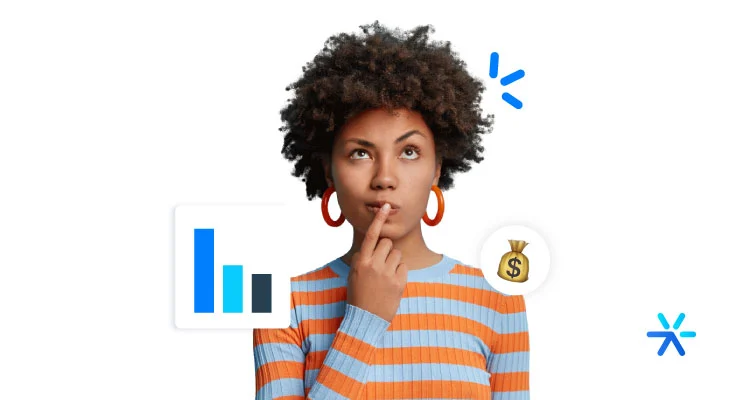
You may have noticed that most of our conversation in this article was about explaining the types of leads, the lead scoring system, and everything else.
When it comes to how to approach a lead, theory is just as important as practice.
The act of making first contact with a lead, no matter the stage, isn’t very difficult. Anyone, even using ChatGPT, can craft good messages that encourage the lead to move forward in the funnel.
The work of organization, building Lead Scoring rules, nurturing flows, etc., is what will make your first contact shine.
It doesn’t matter if, for a bottom-of-the-funnel lead, your salesperson says, “Hello, good afternoon” or “Hello, how are you?” The important thing is that they call, not send an email.
Or better yet: the important thing is that they know when it’s better to call and when it’s better to send an email.
So, shall we dive deeper into how to approach a lead at the various stages of the funnel?
Top-of-the-funnel leads
Top-of-the-funnel leads are the ones that will take the longest to convert into a sale. Many of them may not even have considered buying your product yet.
So, the approach at the top of the funnel doesn’t need to be sales-focused, and it doesn’t need to be immediate either.
Typically, the first contact with a top-of-the-funnel lead is made via email. Once the person converts on some material, they are entered into an automated nurturing flow and start receiving communications from the company one or two days after the conversion.
Some companies call these leads, others just send an automated email, and others write personalized emails, etc. Anything goes in the first contact with a top-of-the-funnel lead, as long as it’s aligned with your target audience.
It’s very common that, at the top of the funnel, content marketing accompanies this lead for a long time—weeks or even months.
More eBooks, a newsletter, related articles on the blog: this is the kind of material expected for this phase.
Middle-of-the-funnel leads
The middle of the funnel gathers leads who are in the Solution Consideration stage of the buying journey.
Here, leads are beginning to think about how a product can solve the problems and opportunities they discovered in the previous stage—the top of the funnel.
Here, the approach starts to become a bit more personalized and sales-focused. Communication is still heavily centered on email, but the content starts to change.
Webinars, event invitations, more detailed product descriptions—these are some of the most used content types at this stage.
The timing of the first contact with a middle-of-the-funnel lead also varies greatly, but it’s usually done within the same day, via email, and also using an automated flow of sends.
Bottom-of-the-funnel leads
Bottom-of-the-funnel leads need to be approached immediately after conversion.
If someone asks you for a product or service quote, you can’t wait to send it until tomorrow. Or even after lunch: it has to be now.
Many conversions made at the bottom of the funnel today, especially in the B2B sector, have a sales team response time of less than 5 minutes.
The first contact with a bottom-of-the-funnel lead is usually made by phone and by the sales team itself. Sending an email is standard and everyone does it. The idea of calling is to put the lead in direct contact with a salesperson.
This salesperson is much more efficient at selling than any email you can send.
How to have personalized approaches in the first contact with the lead
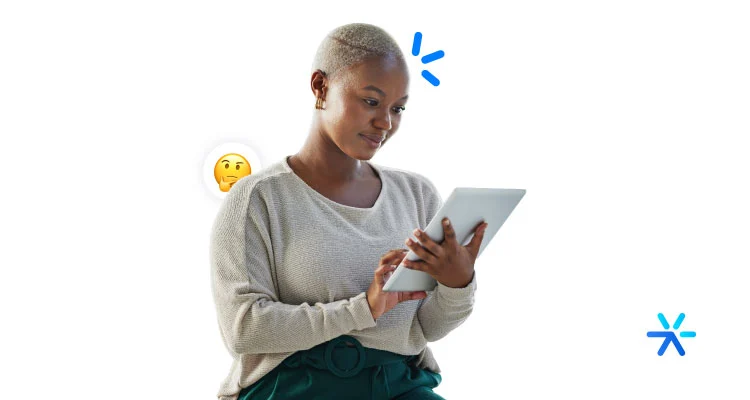
Everything we’ve discussed so far is related to the classic structure of digital marketing, especially inbound marketing.
These strategies have been in practice for at least 10 years, formally, with the rise of HubSpot.
But times are changing, and they’re changing fast. For example: with the use of chatbots, your first contact with the lead comes even before they convert, through personalized messages in the article they’re reading at the moment.
And by the way, there are apps today that already use conversational marketing at all stages of the funnel, helping with the sales approach.
Thank you for reading! See you in the next article 😉




